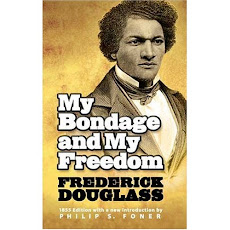Songs of the Dragons Flying to Heaven
Young Jean Lee
HERE Arts Center, New York
September 21-October 14, 2006
The play opens with a darkened stage. We see nothing, but hear disembodied conversations sans context. The audience at HERE Arts Center giggles with anticipation. A video image of a young Asian woman appears without introduction. She stares longingly at an unseen presence. Time passes. Then: Slap. Slap. Slap. Her face jerks as if being struck by an invisible hand. She struggles to retain composure. We do not see the aggressor but, as the metronomic blows progressively increase in intensity, can almost feel the assault. Tears force through her stoicism. Why, we wonder, does she stand there and take it.
Young Jean Lee’s “Songs of the Dragons Flying to Heaven” is a play that attempts to answer questions. Why doesn’t she do something about this THING that assaults her? Doesn’t she know that she has options, that she can choose to make it stop? Or can she? Is the privilege of choice a Western concept? But she is Korean-American, isn’t she? As the play unfolds it becomes clear that she cannot be fully free until her very Christian grandmother dies. Whether she wants her grandmother to die is the metaphorical question driving this piece.
“Songs of the Dragons Flying to Heaven” is a series of juxtapositions. Faith and desire, Asian and Caucasian, tradition and rebellion, young and old, male and female all battling for preeminence in the mind of a young woman trying to find herself. But the lines of demarcation are not clearly defined—nor should they be. Life is not that easy for one shackled by chains of Korean tradition (that has been diluted by a Western religion) while simultaneously being drawn to a white American aesthetic that she feels nothing but disdain for. Yet she craves it, that whiteness.
Scenes changes are announced by intermittent appearances from a Caucasian couple in the process of destroying their own relationship with words that say nothing. They jab and poke and humiliate without revealing themselves. Neither to each other nor to the audience. And that omission is certainly revealing. Why would our protagonist want to be like them—shells of nothingness immersed in cruelty and drama?
The answer resides underneath the skirts of a Greek Chorus of traditionally dressed Korean women. At first they speak only Korean, yet somehow communicate to the audience how traditional Korean men dominate their lives. Each wonders what a pleasurable sexual encounter might be like, even as she demonstrates, in graphic mime, that cutting off a limb may be the only escape from the trap of her existence. The (mostly white) audience is the final character in this performance. The audience laughs nervously as the Korean performers mock them and declare just how pathetic the offstage viewers seem to the onstage viewed. But the Koreans clearly want something the white girls already have. And that seems to be Young Jean Lee’s point. The white girls, at least in the minds of the characters on stage, get to fight back.
--Gene Bryan Johnson







